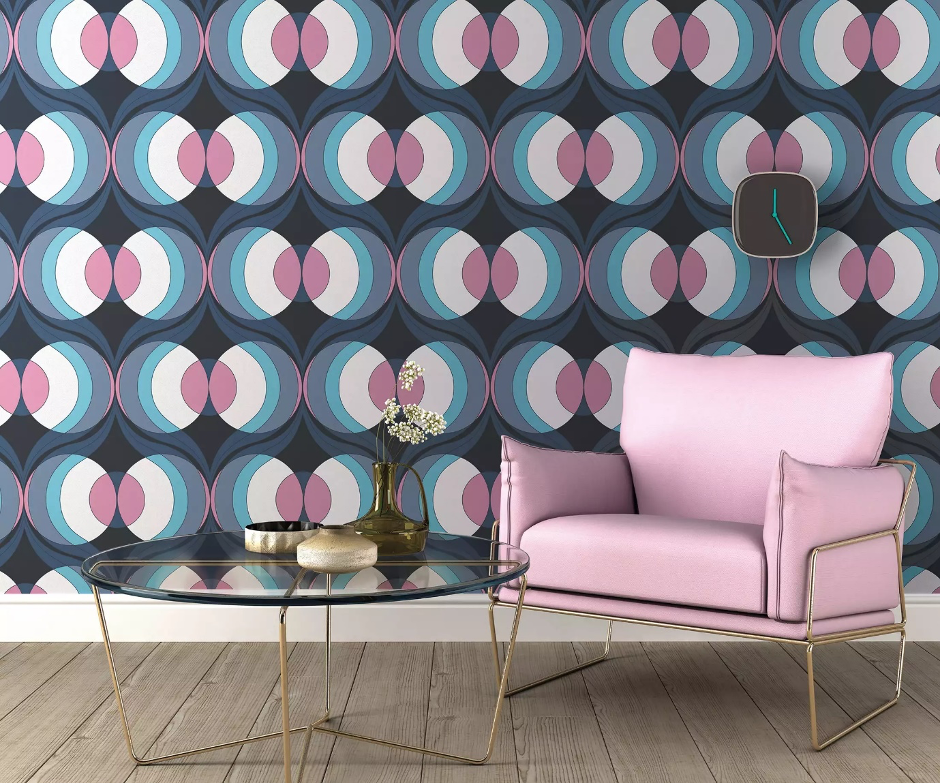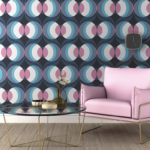There is something odd in our society. On the one side technology accelerates at an ever-faster pace, reshaping the way we live, talk to each other, work and interact. Jobs that have existed for centuries disappear in the blip of an eye, replaced by artificial intelligence, automation and internet applications. On the other however, just as we build rockets capable of reaching Mars and gleaming skyscrapers that stretch to the infinity, there is an ever growing fondness for objects and designs that harken to the past. Vinyl records are back in fashion, a new generation discovering the tactile pleasure of placing a disc on the turntable just as technology allows us to stream millions of tracks wirelessly to whatever device we like, and even film cameras and Polaroid are making a niche comeback.
This is particularly evident in the world of fashion and design, a business cyclical by nature, which is experiencing a return to vintage patterns and vibes. The reasons behind this trend are complex. For sure, the speed of change and the big traumatic experiences of pandemics and climate change have made many afraid of the future. There is also the natural tendency we have to romanticise bygone eras, but it’s impossible not to notice how lately our society has been experiencing an introspective and nostalgic moment towards all things 70s and 80s.
In the last few years, we have witnessed a wave of audio visual inputs harkening back to a time depicted as a more innocent and spontaneous era. One just needs to peek at Netflix or Prime Video, which are full of series like “Cobra Kai”, “Stranger Things”, “Red Oak” and many more. While they cover different themes and genre, they all have in common very evident vintage aesthetic references.

The same can be said for street fashion. A quick walk in any Western city would make you wonder whether you have fallen in a time warp and gone back to the days of Footloose or Back to the Future.
While cyclical elements in fashion have always existed, it has to be said that, from a visual point of view, those decades were truly exceptional. In the field of interior decoration it was revolutionary, as the conservative rigidity that had characterised furnishings up to that time was swiftly abandoned for daring experiments with colour and form.
It is therefore not too surprising that lately we are also witnessing the great return of many design elements of that era, revised and renewed thanks to the technological development that has taken place, particularly in the field of wallpaper, which allows them to be displayed in a new and fresh way and with characteristics of cleanability and resistance that were unthinkable in the past.
Putting together the perfect vintage atmosphere
From the humble IKEA to the most expensive designers, everybody these days is offering furnishing and accessories that that inspiration from the ‘70s and ‘80s. There is therefore no shortage of option when it comes to decorate your home in a modern yet vintage fashion. The secret is in mixing matching elements from different era, allowing you home to be a perfect fusion of eras. In order to avoid a clash of styles and colours, it this important to have a unifying element. This is the ideal role for a wallpaper with vintage motifs and use its pattern hues as inspiration for the other elements of the room. Wallpapers have a very strong visual impact and help setting the tone without having to replace every single piece of furniture. It just needs to be combined with a couple of appropriate decorative elements and maybe a piece or two of modern furniture. Nowadays it is quite trendy to highlight one wall with a designer wallpaper than to cover all four walls. In this case, taking into account the background colours of the chosen wallpaper and the motifs, matching shades reminiscent of the 1970s should be chosen.
Pick furniture and accessories with material characteristics that complement them. Vintage wallpapers are characterised by the use of very strong colours and therefore define, by their very nature, the chromatic code of the environment. It would be therefore a good idea to choose furniture and accessories with material characteristics that complement them.


